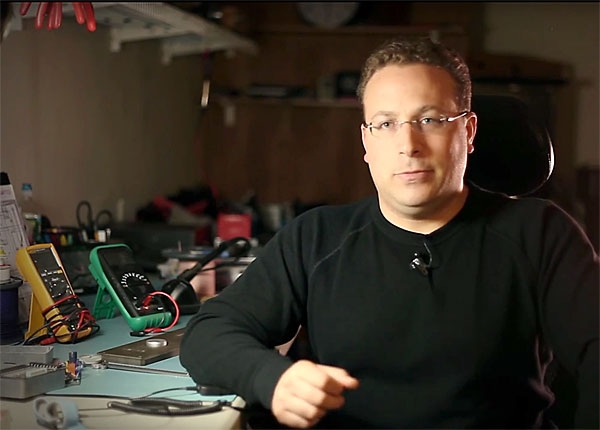| Columns Retired Columns & Blogs |
Felt the need to post a comment. With a disclaimer... I own the loudspeaker company Aluminous Audio. I have always been drawn to good music regardless of the physical medium, and I consider myself a refugee of "bad" sounding CDs. There are plenty of CDs with good sound quality but until I was fully immersed in vinyl records, I did not have a high benchmark for comparison purposes. I currently own CDs, hi res downloads, and tons of vinyl. All three formats have sound quality ranging from amazing to awful. So I assume that some of the younger folks out there may be using CDs, downloads, and vinyl just as I do.













































